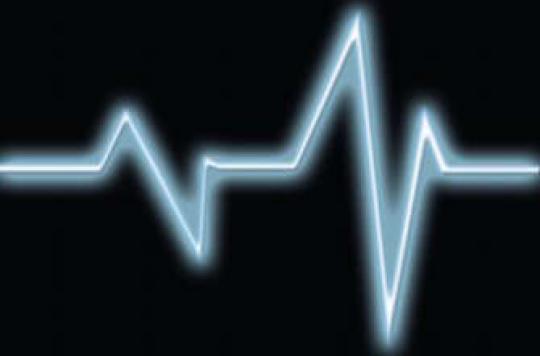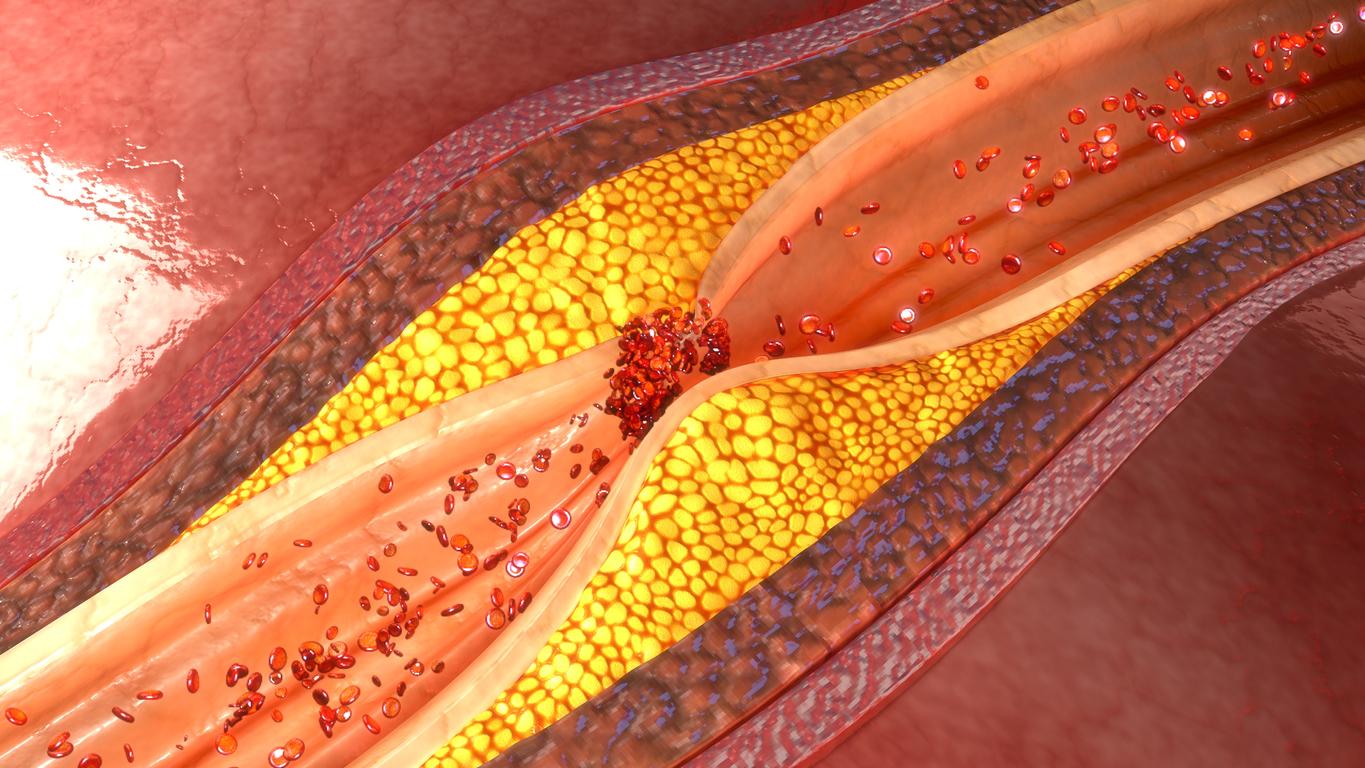Researchers have identified the protein that allows muscle fibers in the heart to contract in a synchronized fashion. This work could help research against cardiac arrhythmias.

The average heart beats 35 million times a year, and 2.5 billion times in its lifetime. Each beat must be orchestrated with strict precision; the slightest error in cadence can cause immediate death.
For decades, scientists have wondered how this organ can beat with such regularity and synchronization, when it is made up of many moving elements.The mystery has just been partially lifted.
“Protein C”
A team from the University of Maryland has, in fact, identified the protein responsible for this perfect harmony: the cardiac myosin-binding protein C – also called “protein C”. The researchers built on previous work that showed that calcium triggers the heartbeat by activating proteins responsible for the contraction of sarcomeres – segments of fiber that make up the muscle cells of the heart.
Conductor
Surprisingly, the calcium molecules are not distributed evenly along the sarcomeres; they are released at their end. Yet the sarcomeres all contract in a synchronized fashion. According to the researchers, it is precisely thanks to protein C, which plays the role of conductor.

Source: Wikimedia / CC / Sameerb
Indeed, the function of protein C is to sensitize the parts of the sarcomere which are “poorly supplied” with calcium proteins. Thus, the center of the sarcomere receives as much calcium as the extremities, which allows the muscle fibers to all contract in rhythm.
The cause of arrhythmias
Malfunction of this protein could be the cause of cardiac arrhythmias, one of the most common pathologies of the heart, which can lead to sudden death when the heart loses its ability to pump blood, explain the authors.
Consult our fact sheet on cardiac arrhythmias
The results of the study were published in the journal Science Advances.
.















